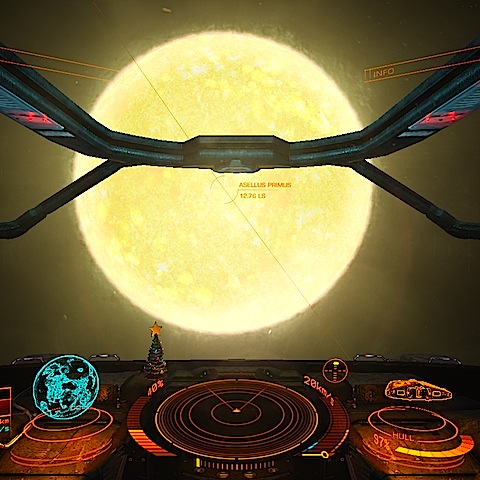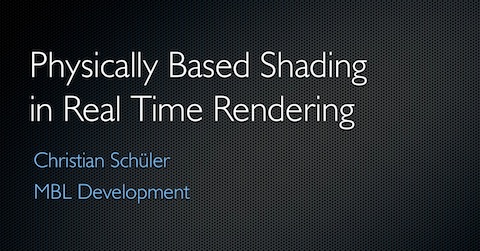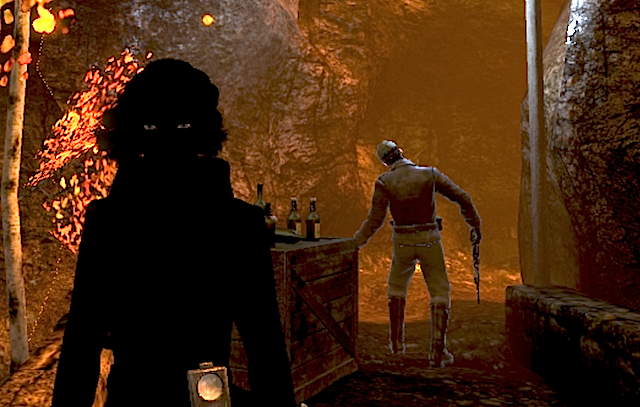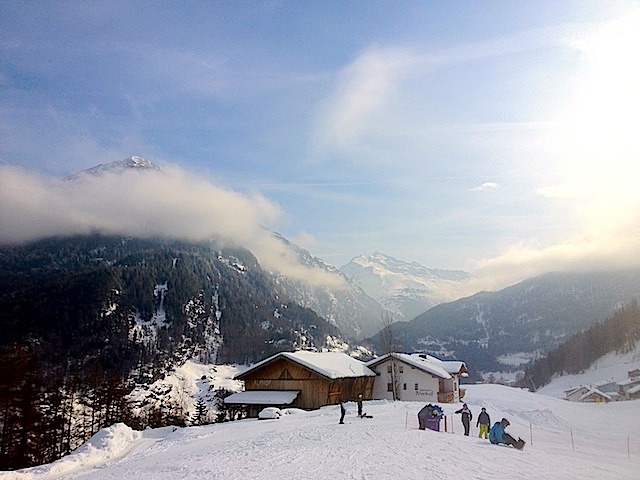The slides of my 2013 talk at FMX in Stuttgart were available for download for a long time now in both Keynote and Powerpoint formats. However, people keep asking for a PDF version. As I wrote in the comments once, I always had bad luck with the PDF export from Keynote, so I left it at that.
Yesterday I made a major discovery: The option “export to PDF” is not the only possibility, in fact, it is quite an inferior one. The thing that I overlooked is that one can also just pretend to “print”, and then, in the subsequent printer dialog, chose “save to PDF” instead. Not only does this give additional options but also produces nicer formatting and a smaller file!
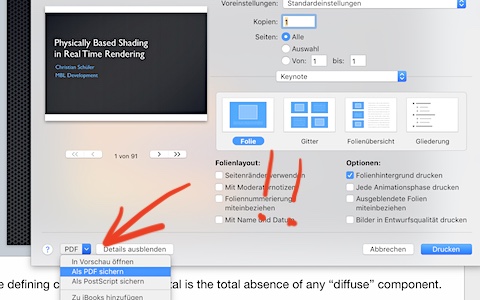
I wonder however the UI designers at Apple really intended this to be the primary means of PDF export?
Anyway, I updated the slides to PDF format and also made some minor corrections. I exchanged the font Humanist 521 with Gill Sans. Apparently the former is an official clone of the latter, and since Gill Sans is preinstalled on a Mac anyway, I may as well just use the original. The metrics also seem to look nicer in the PDF. I also copy-edited some of the notes to be more educational than just a transcript of my talk.
Here is again, the direct download link.
Download “FMX 2013 Slides PDF with Notes” fmx-11-revised.pdf – 30220-mal heruntergeladen – 15,25 MB